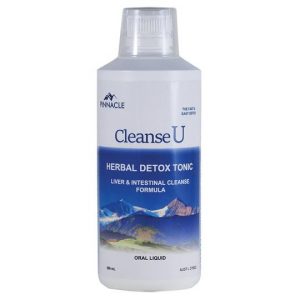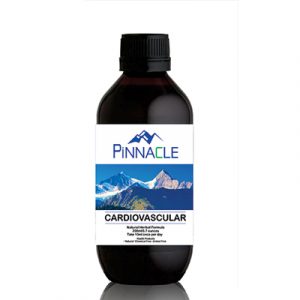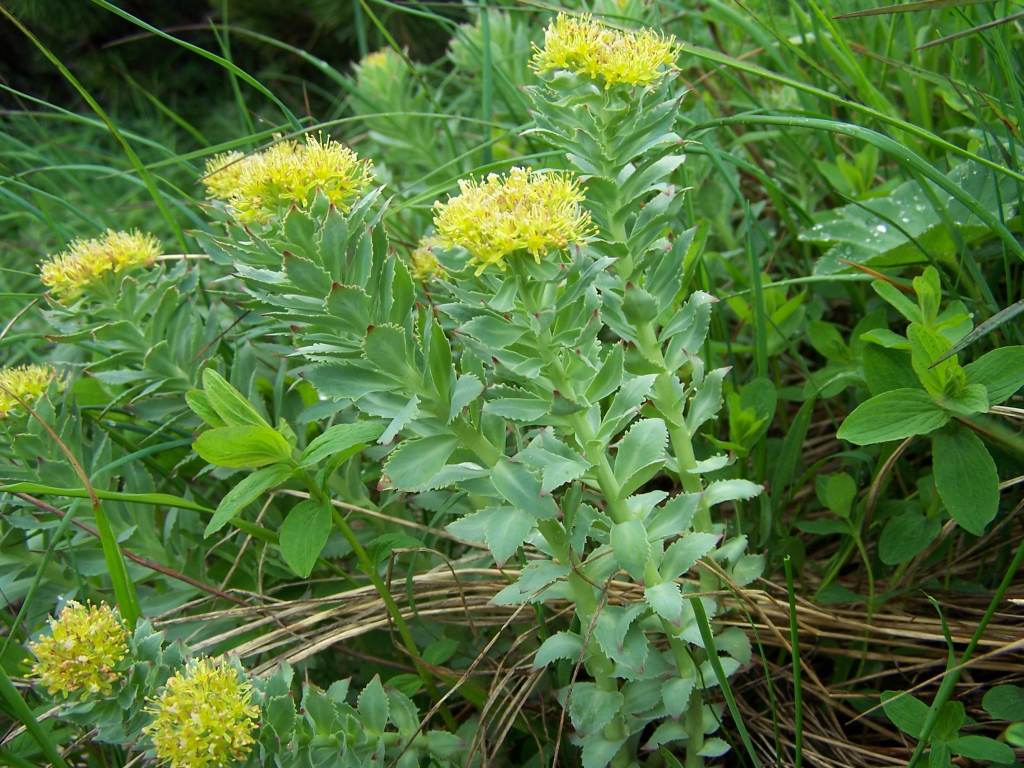In the wild, Rhodiola rosea can take up to 20 years of growth before it is harvested. As it is a highly popular herb, it has become overharvested, so to protect it from extinction, the shift has moved to the use of commercially cultivated plants.
The essential oil from the root varies in its chemical composition depending on the country of origin. I.e. Bulgarian Rhodiola rosea root oil contains myrtenol and geraniol along with cinnamic alcohol which has only been found in roots from this country. Chinese oil contains 1-octanol and geraniol. The Russian oil is said to contain the highest levels of rosin, rosarin and rosavin.
Components of the essential oil of Rhodiola rosea include monoterpene alcohols, monoterpene hydrocarbons, nonanal, nerol, linalool, decanal, cinnamyl alcohol as well as geraniol and n-decanol which are straight-chain aliphatic alcohols that produce the rose-like odour.
























